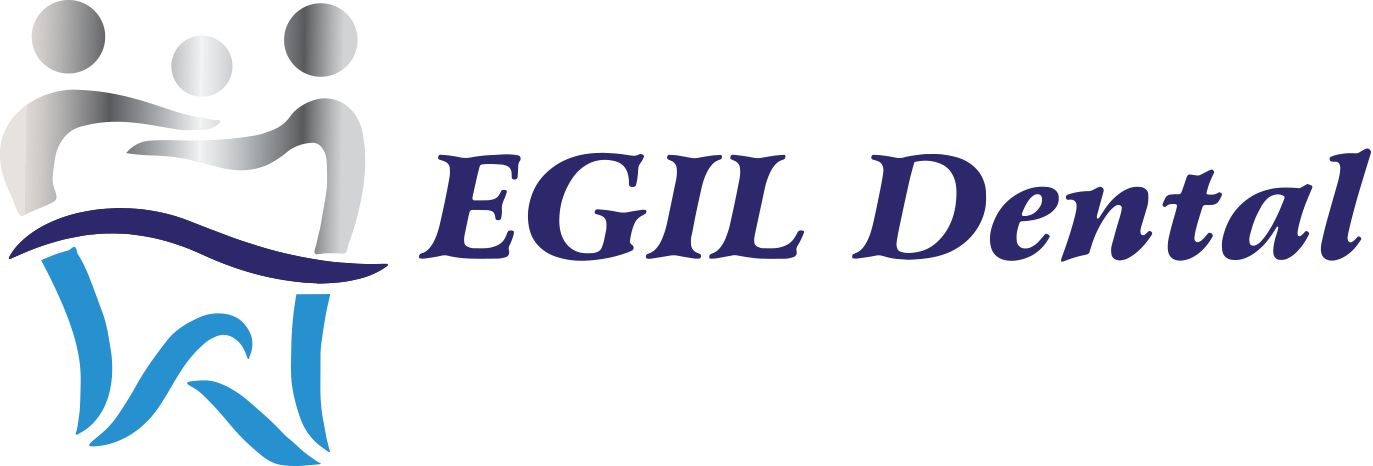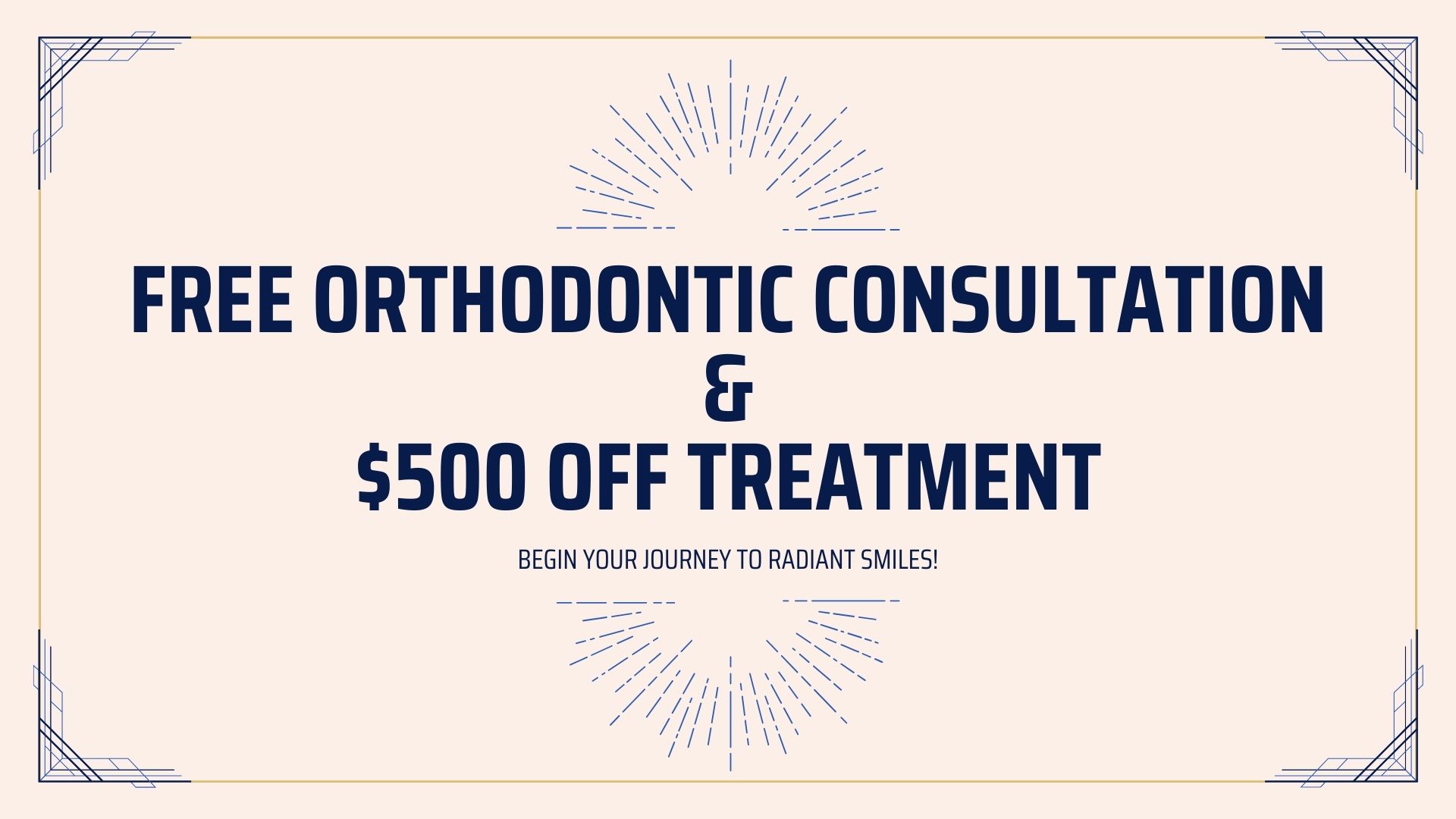Many people struggle with dental issues that affect the alignment and appearance of their teeth. Crooked or misaligned teeth can not only impact your self-confidence but also pose problems with oral hygiene. Luckily, advancements in modern dentistry have provided a solution to these problems – Invisalign.
Invisalign is a revolutionary orthodontic treatment that offers an alternative to traditional metal braces. It utilizes a series of clear, removable aligners that gradually shift your teeth into the desired position. Invisalign can correct a wide range of dental problems, and in this article, we will discuss the most common issues this treatment can address.
1. Overcrowding
One of the most common dental problems that Invisalign can correct is overcrowding. Overcrowding occurs when there is insufficient space in the mouth for all the teeth to align properly. This can result in teeth being pushed together, overlapping, or rotating, leading to a cramped and unattractive smile. Invisalign aligners gently apply pressure to shift the teeth into the correct position and create space for each tooth to fit comfortably.
2. Gaps Between Teeth
Another common problem that can be resolved with Invisalign is the presence of gaps between teeth. These gaps can occur due to various reasons, including genetics, abnormal jaw growth, or missing teeth. Invisalign aligners are custom-made to fit snugly over your teeth, closing the gaps gradually and giving you a more even and attractive smile.
3. Overbite
An overbite is a condition where the upper front teeth significantly overlap the lower front teeth. This misalignment can lead to problems with speech, difficulty in biting or chewing, and even jaw pain. Invisalign aligners can gradually shift the upper teeth backward, reducing the overbite and improving both the appearance and functionality of your smile.
4. Underbite
Conversely, an underbite occurs when the lower front teeth protrude further out than the upper front teeth. It can cause issues with both appearance and functionality, such as difficulty in biting down properly or maintaining good oral hygiene. Invisalign aligners can help correct an underbite by gradually moving the lower teeth back into their proper position, creating a more harmonious and balanced smile.
5. Crossbite
A crossbite is a dental condition where some upper teeth sit inside the lower teeth when the mouth is closed. This misalignment can cause problems with chewing, jaw pain, and uneven wear on the teeth. Invisalign can effectively correct crossbites by gently shifting the teeth into their correct position, aligning the upper and lower teeth properly.
6. Open Bite
An open bite is characterized by the teeth not coming together properly when the mouth is closed, leaving a noticeable gap between the upper and lower front teeth. This can cause difficulty in biting, speech problems, and aesthetic concerns. Invisalign aligners can gradually close the gap and align the upper and lower teeth, improving both function and appearance.
7. Overly Spaced Teeth
Having excessive spacing between teeth, also known as diastema, can affect the overall harmony and symmetry of your smile. It can also increase the risk of gum diseases and tooth decay. Invisalign aligners are designed to gradually move the teeth closer together, closing the gaps and giving you a more even and aesthetically pleasing smile.
Conclusion
Invisalign is a versatile orthodontic treatment that can address a wide range of dental problems, ranging from minor misalignments to more severe issues. Whether you are struggling with crowded teeth, gaps between teeth, overbites, underbites, crossbites, open bites, or overly spaced teeth, Invisalign can offer a solution.
Consulting with an experienced Invisalign provider will help determine if you are a suitable candidate for this treatment. With Invisalign, you can achieve a straighter, healthier, and more confident smile without the hassle and discomfort often associated with traditional braces.

